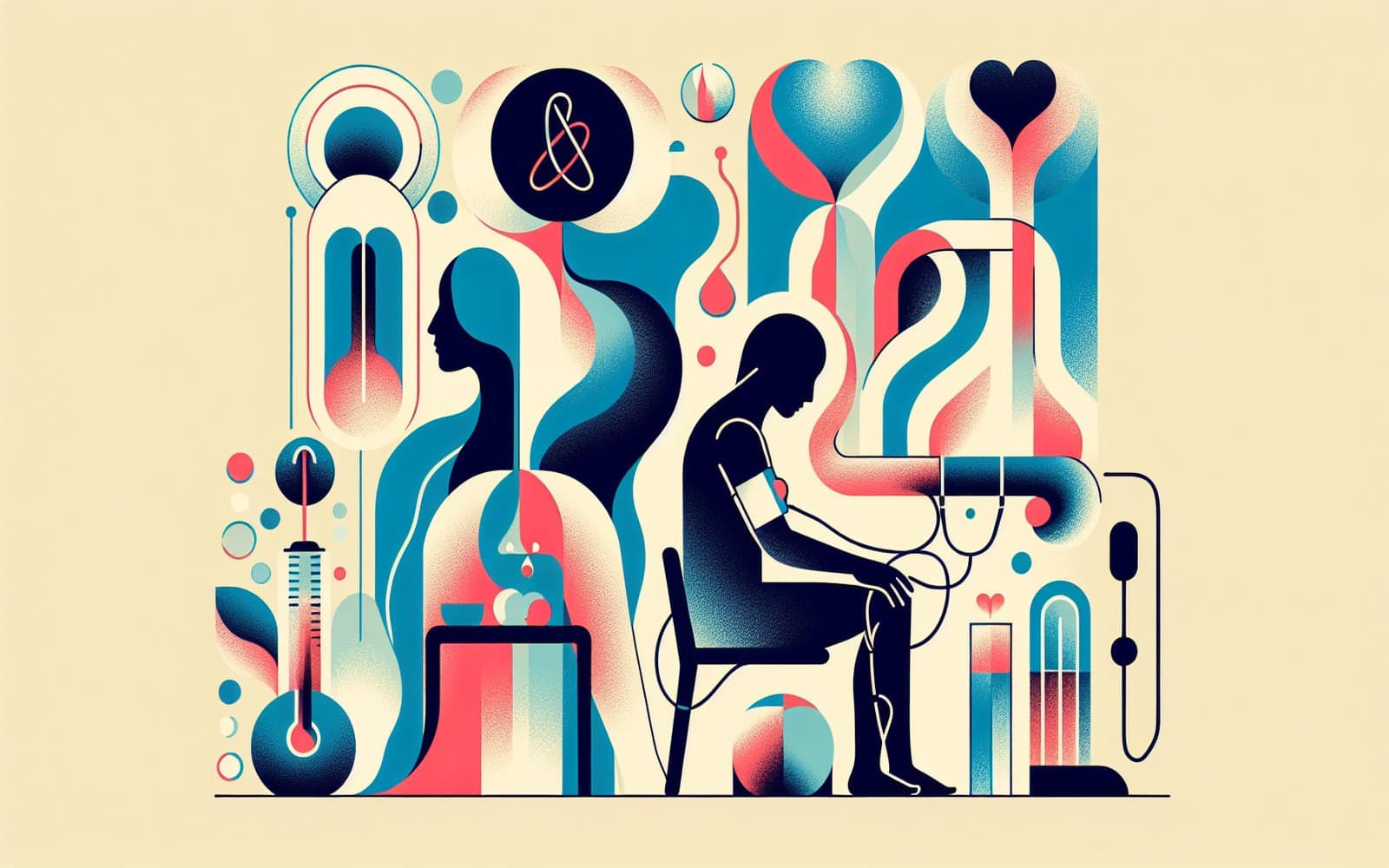Contents
-
What is Orthostatic Hypotension?
-
Understanding Postprandial Hypotension
-
Why It Matters
What You Need to Know About Orthostatic and Postprandial Hypotension
What You Need to Know About Orthostatic and Postprandial Hypotension
Understanding the Issue
Orthostatic and postprandial hypotension are conditions that affect your blood pressure when standing up or after eating. Learn how they can impact your daily life and what you can do about them.
Contents
-
What is Orthostatic Hypotension?
-
Understanding Postprandial Hypotension
-
Why It Matters
What is Orthostatic Hypotension?
Orthostatic hypotension (OH) is a condition where your blood pressure drops significantly when you stand up. This happens because your body isn't able to adjust quickly enough, causing symptoms like dizziness or fainting. It's important to understand that OH can be caused by various factors, such as dehydration or medications.
Understanding Postprandial Hypotension
Postprandial hypotension (PH) occurs when your blood pressure drops after eating. Typically, this happens within two hours of a meal. For people with PH, blood flow is diverted to the digestive system, which can cause lightheadedness or fainting. Like OH, it can also be influenced by factors like meal composition and timing.
Why It Matters
Both OH and PH can disrupt your daily activities and increase the risk of falls and injuries. Understanding these conditions is crucial because they can lead to more serious health issues if not managed properly. By recognizing the symptoms and triggers, you can take steps to minimize their impact on your life.
FAQs
What causes orthostatic hypotension?
Orthostatic hypotension is often caused by dehydration, medications, or neurological disorders.
How does postprandial hypotension occur?
Postprandial hypotension occurs when blood flow is diverted to the digestive system after eating, lowering blood pressure.
Not everyone is aware: Can these conditions be dangerous?
Yes, they can lead to falls and injuries if not managed properly.
Did you know: Can meal choices affect PH?
Yes, meals high in carbohydrates can worsen postprandial hypotension.
What are common symptoms of these conditions?
Common symptoms include dizziness, lightheadedness, and fainting.
Key Takeaways
Understanding and managing these conditions can help you maintain your quality of life.
Additional References
-
Mills PB, Fung CK, Travlos A, Krassioukov A. Nonpharmacologic management of orthostatic hypotension: a systematic review. Arch Phys Med Rehabil 2015; 96:366.
-
Wieling W, Kaufmann H, Claydon VE, et al. Diagnosis and treatment of orthostatic hypotension. Lancet Neurol 2022; 21:735.
This article has been reviewed for accuracy by one of the licensed medical doctors working for Doctronic.












